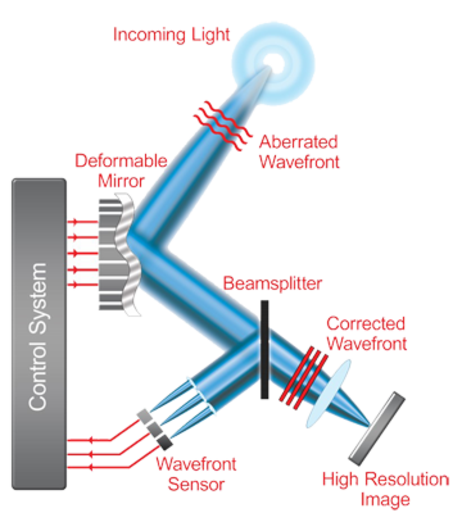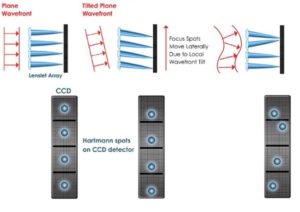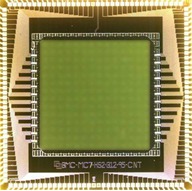X

Wavefront Sensor
Traditional adaptive optics systems comprise three main elements:
Wavefront sensor: measures the phase aberration in the optical wavefront
Deformable mirror: adjusts its position to correct for the aberration
Control system: receives measurements from the sensor and calculates the corrective movement of the deformable mirror
Wavefront Sensor and Control System, Deformable Mirrors
Wavefront Sensor and Control System
Deformable Mirrors
Let's work together. We’ll help you find the right solution for your application.
We believe it should be easy for you to find the best solution to your wave sensor needs. We’re the partner that will give you the solution. Let us worry about choosing the best solution for your wave senor needs so you can focus on moving your research forward. Contact us today.



